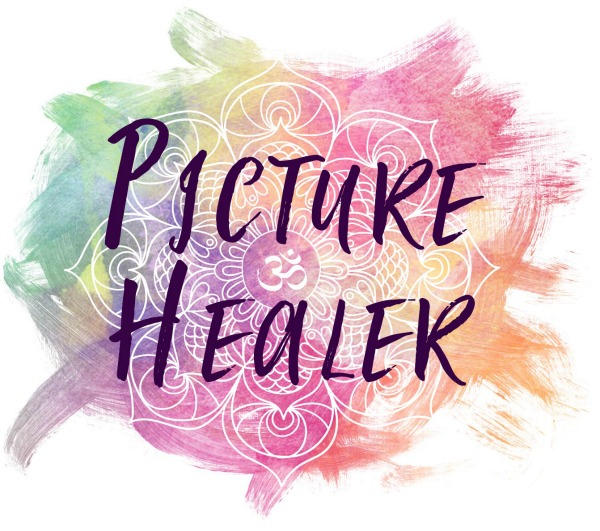Treating Pain with TCM - Part 5: Knee Pain
/Knee pain is another common problem I treat in the clinic. Due to the decrease in mobility, all patients want to do is just be able to walk or even play sports again with little or no pain. The cause of the pain was usually from an injury, but I've also had patients with arthritis as well. Next to back pain, I find knee pain is one of the hardest problems to treat though. Once a patient reaches that point where they can move around again, they tend to immediately re-injure themselves by doing the same thing that caused the problem in the first place. Obesity is another problem where re-injury comes into play. No matter how many surgeries someone gets, if they don't lose the weight putting the pressure on the knees, it'll always come back.
Anatomy of the Knee
Almost anyone with a connection to sports has heard the acronym "ACL". If you're not familiar with it, it stands for Anterior Cruciate Ligament and it's located in the middle of the knee to prevent the lower leg (Tibia) from sliding out from under the upper leg (Femur). There are also three other, less spoken of, ligaments. The MCL (medial collateral ligament), the PCL (Posterior Cruciate Ligament) and the LCL (Lateral Collateral Ligament .. which is something I hurt once. It's a tongue twister to say sometimes). Without these four ligaments, the knee joint would not be able to function. Therefore, it's understandable that even a slight injury to one of these ligaments can cause a lot of problems.
Between the upper and lower leg bone is a cartilage cushion called the meniscus (medial and lateral). It works to absorb shock while walking/running and stabilize the joint. Due to age or injury, when the fluid in the meniscus decreases to the point where the bone is rubbing together, the scraps will start to create bone spurs and cause inflammation. This is called osteoarthritis in the knee.
Ligament tears, meniscus leakage/tears, and osteoarthritis are all treated by lifestyle changes, medication, surgery. With surgery, doctors use grafts to fix ligament tears, fluid is injected into the meniscus and it's stitched off to fix leaks, and bone spurs are scrapped off and cartilage grafted back where the meniscus was for osteoarthritis. They're all terribly painful too.
"The anterior cruciate ligament (ACL) is one of the most commonly injured ligaments of the knee. The incidence of ACL injuries is currently estimated at approximately 200,000 annually, with 100,000 ACL reconstructions performed each year - *"
ACL Injury: Does It Require Surgery? - http://orthoinfo.aaos.org/topic.cfm?topic=a00297
TCM Treatment
When it comes to acupuncture, I've had good results when treating minor ligament sprains and osteoarthritis. As I've mentioned in almost all of my articles, the Ashi points work with almost any type of pain, whether tendon, muscle, or bone. External and internal herbal formulas also work well in decreasing pain (Shao Yao Gan Cao Tang), inflammation (Guan Jie Shu Wan), and decrease swelling (Die Da Jiu). If you're interested in learning more about herbal formulas for knee inflammation, please take look at this article from HealthCMI - http://www.healthcmi.com/Acupuncture-Continuing-Education-News/1720-acupuncture-beats-drugs-for-knee-pain-and-inflammation. While the research was done in China and probably more hyped up then it should be, the article does has some good information on other herbs and acupuncture points you can use for the knee.
One (though technically two) point especially useful in treating meniscus and osteoarthritis is the extra point Xi Yan. Xi Yan is located in the depressions on the sides of the kneecap while your sitting down. It works very well in reducing inflammation, swelling, and pain around the whole knee. You can also use the point on one side or the other depending on the location of the pain.
Other acupuncture points include:
Spleen 9 and 10
Stomach 34 and 35
Urinary Bladder 38, 39, and 40
Gallbladder 34 - for tendon pain
Traditionally, cupping with bleeding is used on UB 40 for knee pain, especially for the sports injury. Although considered (the horrific) leeching or bloodletting technique, the theory behind this is to clear out the stagnated blood stuck in the joint. TCM theory believes stagnation or stasis in an area causes pain. Specifically, a fixed, sharp pain. By doing this technique, it allows the "clog" which is causing the pain to be cleared, so fresh blood can start flowing through the area again. When the area is pricked and cupping was done, you can see a vicious dark colored blood being drained into the cup. Many people say they had relief almost immediately after. However, it is rarely done anymore, as all practitioners are cautioned against it, due to the possibility of pricking an artery that's located close by.
I hope you enjoyed this article. Please remember that everyone is different and some many have better results than others when using acupuncture and herbs. Although I'm absolutely dreading it, the next article will be about back pain. This is a huge topic and I may spread out the information over a few different articles.
References:
http://orthoinfo.aaos.org/topic.cfm?topic=a00297
http://orthoinfo.aaos.org/topic.cfm?topic=a00212
* - Miyasaka KC, Daniel DM, Stone ML. The incidence of knee ligament injuries in the general population. Am J Knee Surg 1991;4:43-48
* - Brown CH, Carson EW. Revision anterior cruciate ligament surgery. Clin Sports Med 1999;18:109-171.












What should we eat in the fall season to fight against dryness, allergy, cold and flu?